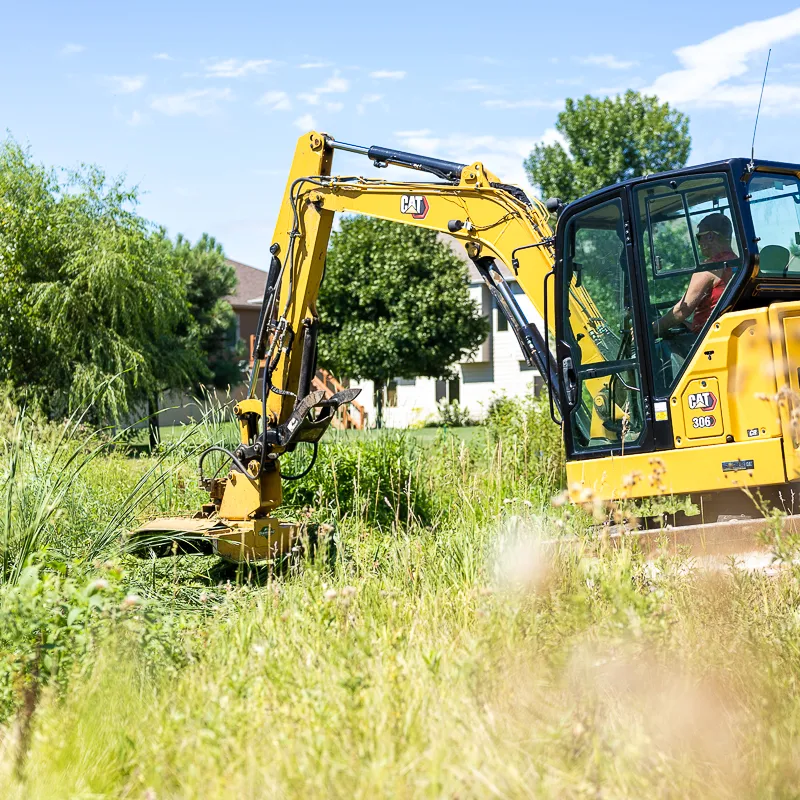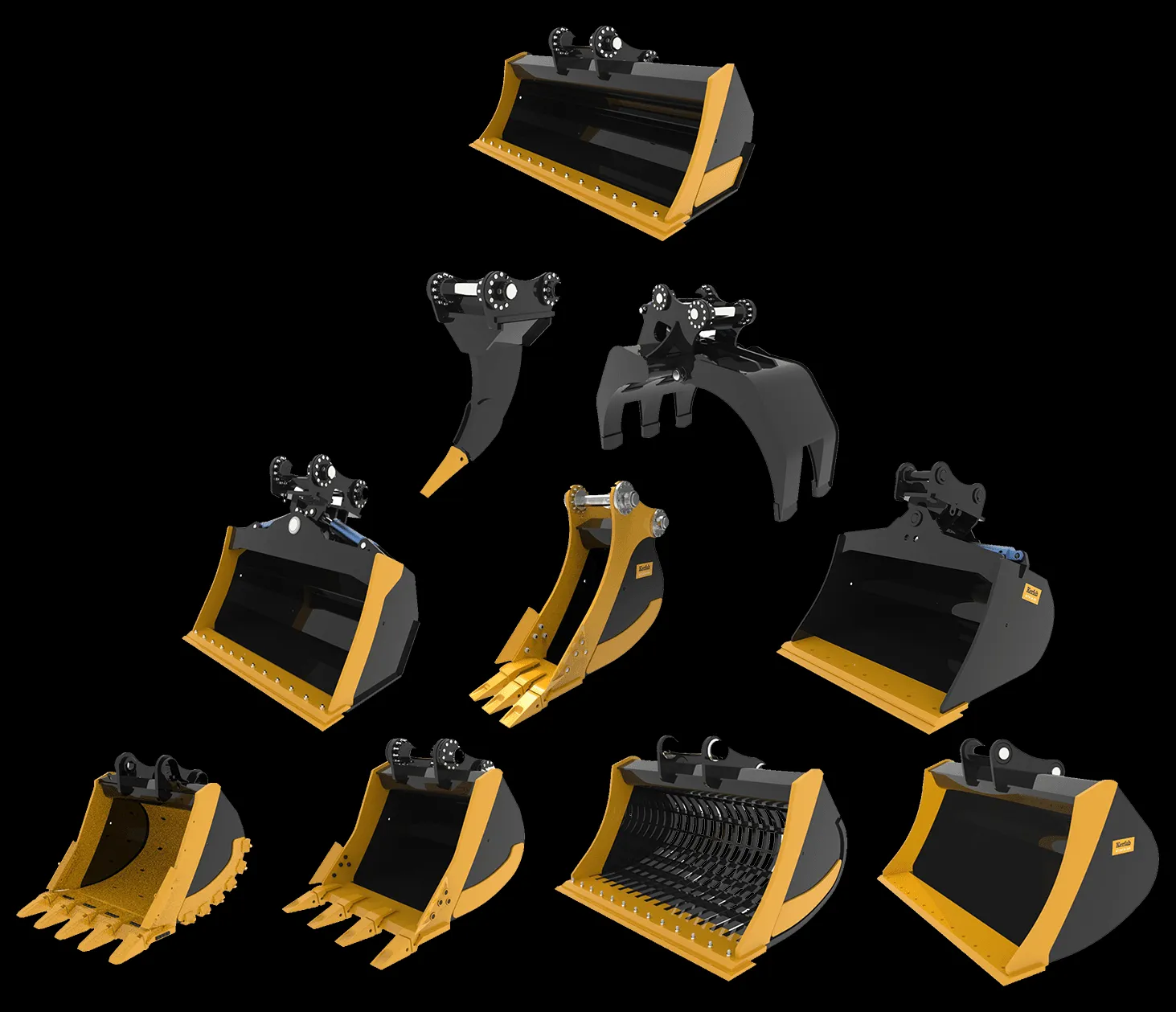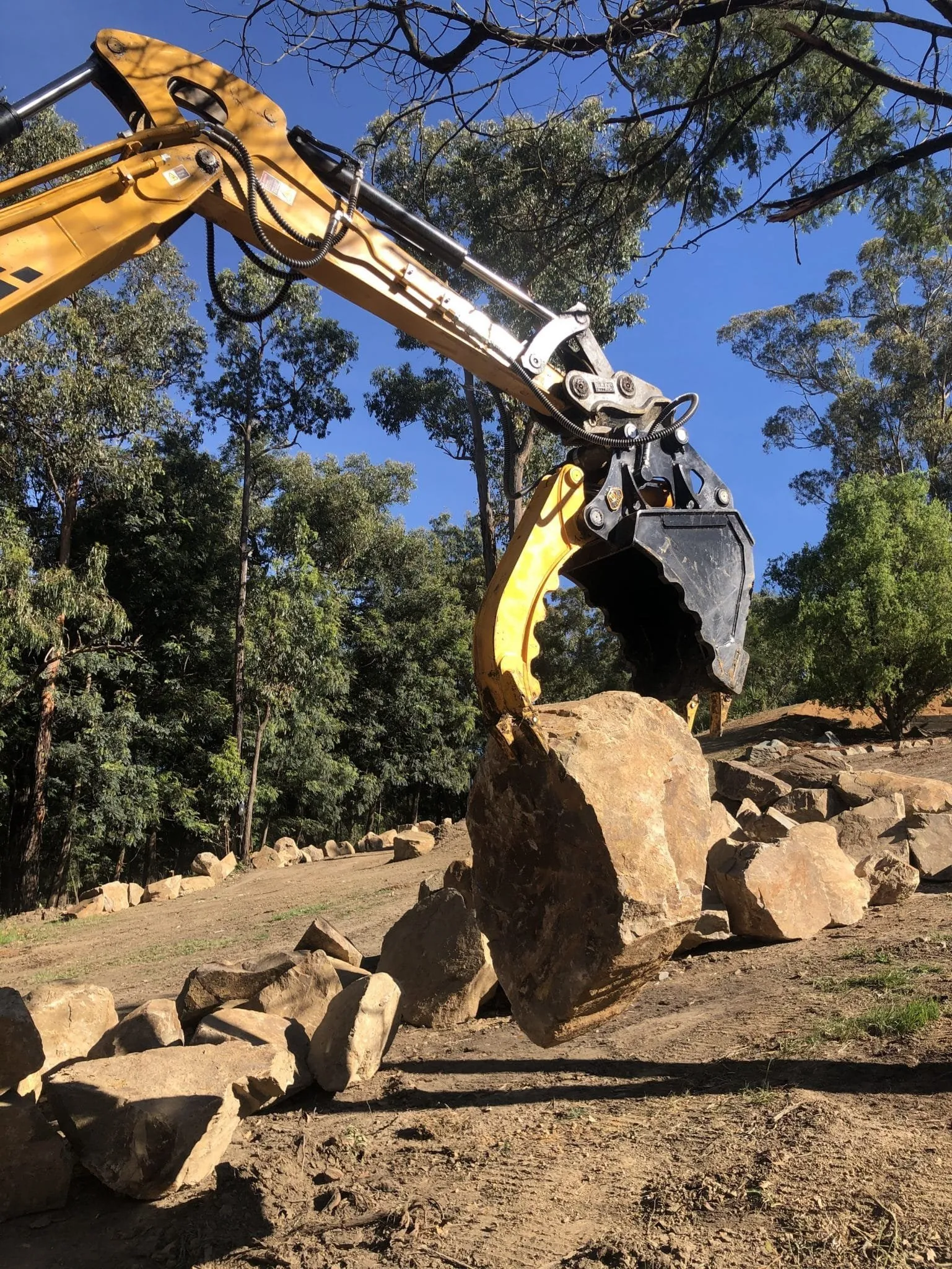Excavator Attachments Buying Guide
Welcome to your comprehensive guide to diecast excavator attachments. This article aims to provide valuable insights, from the different types of attachments available to crucial factors to consider before making a purchase. Whether you’re a seasoned collector or new to the world of construction diecast models, understanding the specifics of these attachments can greatly enhance your experience. We will delve into the various functions, materials, and considerations that will help you make informed decisions and expand your collection with precision and purpose. We will cover the essential elements to help you navigate the market and choose the best attachments for your needs.
What are Diecast Excavator Attachments
Diecast excavator attachments are miniature replicas of the real-world tools used with excavators. These attachments are typically crafted from diecast metal, offering durability and realistic detail. They are designed to be compatible with diecast excavator models, allowing collectors and hobbyists to simulate various construction tasks. These attachments enhance the playability and display value of the models, providing a more comprehensive and engaging experience. The variety of attachments mirrors the versatility of full-sized excavators, offering functionality that ranges from digging and demolition to material handling and landscaping. Understanding the types and uses of these attachments is key to expanding the capabilities of your diecast excavator collection.
Common Types of Diecast Excavator Attachments

The world of diecast excavator attachments is diverse, mirroring the various tasks real excavators perform. Each attachment is designed for a specific purpose, allowing collectors to recreate realistic construction scenarios. From digging to demolition, each attachment adds a layer of realism and utility to your diecast excavator model. Understanding these attachments is crucial for anyone looking to build a versatile and detailed collection. The most common types include buckets, clamps, hammers, augers, and forks, each contributing unique functionality.
Buckets for Digging
Buckets are the most fundamental and widely used attachments. They are designed for digging and scooping materials, such as soil, gravel, and debris. Different types of buckets are available, including general-purpose buckets for everyday digging, heavy-duty buckets for tougher materials, and grading buckets for leveling surfaces. The bucket’s shape and size influence its efficiency and suitability for different tasks. Diecast bucket attachments are essential for any collection, representing the core function of an excavator. They enable collectors to mimic the basic tasks of excavation, making them a staple for any diecast excavator setup. (Image diecast-excavator-bucket.webp)
Clamps and Grapples
Clamps and grapples are used for handling and manipulating objects. Clamps are typically used for gripping and moving items like logs, pipes, or construction debris, while grapples are often designed with multiple tines to secure irregular-shaped materials. These attachments are vital for tasks involving material handling, demolition, and recycling. The ability to securely grasp and move objects adds a layer of realism and practicality to your diecast excavator models. They are indispensable for mimicking complex construction site activities, allowing you to simulate a wide range of tasks with precision. (Image diecast-excavator-grapple.webp)
Hammers and Breakers

Hydraulic hammers and breakers are specialized attachments used for demolition and breaking up hard materials. These attachments are designed to break concrete, rock, and asphalt. They provide a dramatic visual element to your diecast excavator collection. These attachments are essential for simulating demolition projects, adding a dynamic aspect to your construction site scenes. The hydraulic hammer’s detailed design and functionality allow for realistic recreation of demolition scenarios. (Image diecast-excavator-hammer.webp)
Augers and Drills
Augers and drills are used for boring holes in the ground for applications such as foundation work, utility installations, and landscaping. The auger’s spiral design effectively removes material as it drills, enabling collectors to simulate various earthworks. They are essential for replicating construction projects that require precise hole creation. Augers offer a specialized functionality that enriches the realism of your diecast model setup. These tools are often used to create foundations and place supporting structures, adding a professional touch to your construction site. (Image diecast-excavator-auger.webp)
Forks and Rakes
Forks and rakes are designed for material handling and landscaping tasks. Forks are used for lifting and moving pallets, logs, or other items, while rakes are typically used for grading, leveling, and clearing debris. These attachments enhance the versatility of your diecast excavator model, enabling you to create more intricate construction scenes. These attachments are essential for tasks like moving materials and maintaining a tidy worksite. Forks add realism to handling tasks. (Image diecast-excavator-fork.webp)
Key Factors When Buying Excavator Attachments

Choosing the right diecast excavator attachments requires careful consideration of several factors. The goal is to ensure compatibility, durability, and overall value. Consider attachment compatibility with your existing models. Check the materials and construction quality to ensure longevity. The size and scale should match your models. Prioritize ease of installation and reasonable pricing. Addressing these factors will result in a well-rounded and satisfying collection. This ensures a fulfilling experience that enhances both playability and aesthetic appeal. (Image excavator-attachments-compatibility.webp)
Attachment Compatibility
Compatibility is crucial when purchasing diecast excavator attachments. Attachments must fit the specific make and model of your excavator. Ensure the attachment’s mounting system and size are compatible with your model’s specifications. Check the attachment’s scale and dimensions to ensure it aligns with your existing equipment. Incompatible attachments can lead to frustration and prevent you from fully enjoying your collection. Confirming compatibility is a fundamental step in building a cohesive and functional diecast collection.
Material and Durability
The material and durability of diecast excavator attachments greatly impact their longevity and realism. High-quality attachments are typically made from diecast metal, offering robustness and a realistic feel. Look for attachments with detailed construction and sturdy joints to withstand regular use. The quality of the materials affects the attachment’s ability to handle wear and tear, ensuring it remains a valuable part of your collection. High-quality materials also enhance the aesthetic appeal, contributing to a more detailed and professional appearance.
Size and Scale

Matching the size and scale of the attachment to your diecast excavator model is essential for realism. Common scales for diecast models include 1:50, 1:24, and 1:87. Ensure the attachment’s dimensions accurately reflect the scale of your model. Correct scaling maintains the aesthetic consistency of your collection, ensuring that all components appear proportional and true to life. Proper scale alignment is key to achieving a realistic and satisfying display.
Ease of Installation
Ease of installation is a practical consideration. Choose attachments that are easy to mount and dismount. User-friendly designs save time and allow you to quickly switch between different attachments. Clear instructions and intuitive designs make the experience more enjoyable, enhancing your overall satisfaction. Simple installation also ensures you can easily adapt and experiment with different configurations.
Price and Value
Price and value should be considered. Compare the cost of the attachment to its quality, features, and compatibility. Determine whether the attachment offers the functionality and detail you desire. Consider the long-term value of the attachment in terms of its durability and its contribution to your collection. Look for attachments that offer a balance of quality and affordability. By assessing the cost and benefits, you can make informed purchase decisions that enhance your collecting experience.
Top 5 Facts to Remember

Here are five key facts to keep in mind when buying diecast excavator attachments.
Fact 1 Attachment Versatility
Diecast excavator attachments greatly increase the versatility of your models. Different attachments let you perform a wide range of tasks. With the right attachments, your excavator can adapt to various construction scenarios.
Fact 2 Improved Efficiency
Using the correct attachments can significantly improve the efficiency of your diecast excavator operations. Each attachment is designed to handle specific tasks. This ensures that each job is completed faster and more effectively.
Fact 3 Enhanced Precision

Certain attachments offer enhanced precision, allowing for more detailed and accurate tasks. This is especially useful for complex projects. Precise attachments help achieve professional results.
Fact 4 Increased Safety
Proper attachments ensure the safety of your model operations. They are designed to handle loads and prevent accidents. Safety should be a top priority for any project.
Fact 5 Cost-Effectiveness
While the initial investment in attachments may seem high, they offer long-term cost benefits. Attachments eliminate the need to buy multiple models. This provides significant value in the long run.
Conclusion
Diecast excavator attachments are essential for any collector looking to enhance their models. By understanding the types of attachments, key buying factors, and remembering the top five facts, you can make informed decisions and build a comprehensive collection. Investing in high-quality attachments enhances the functionality and realism of your diecast excavators. Enjoy the detailed world of construction, and happy collecting.
